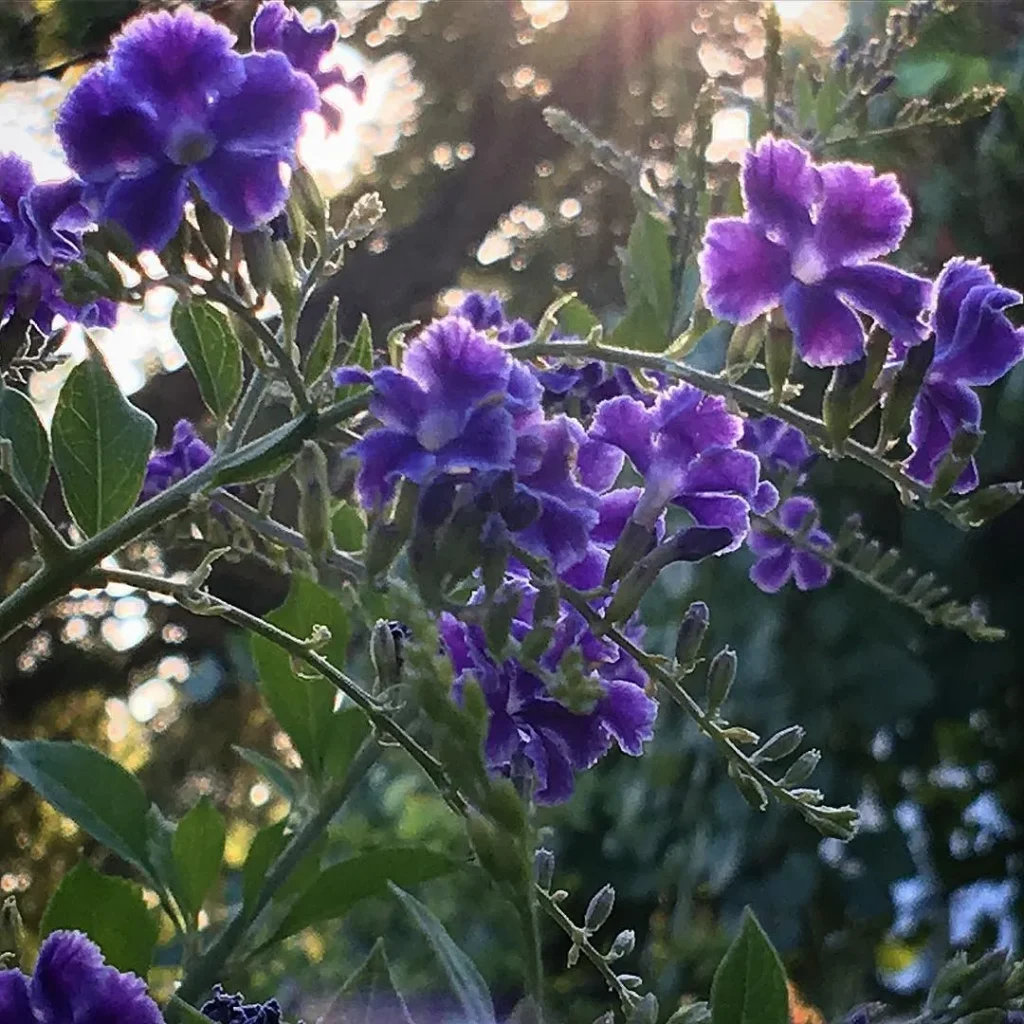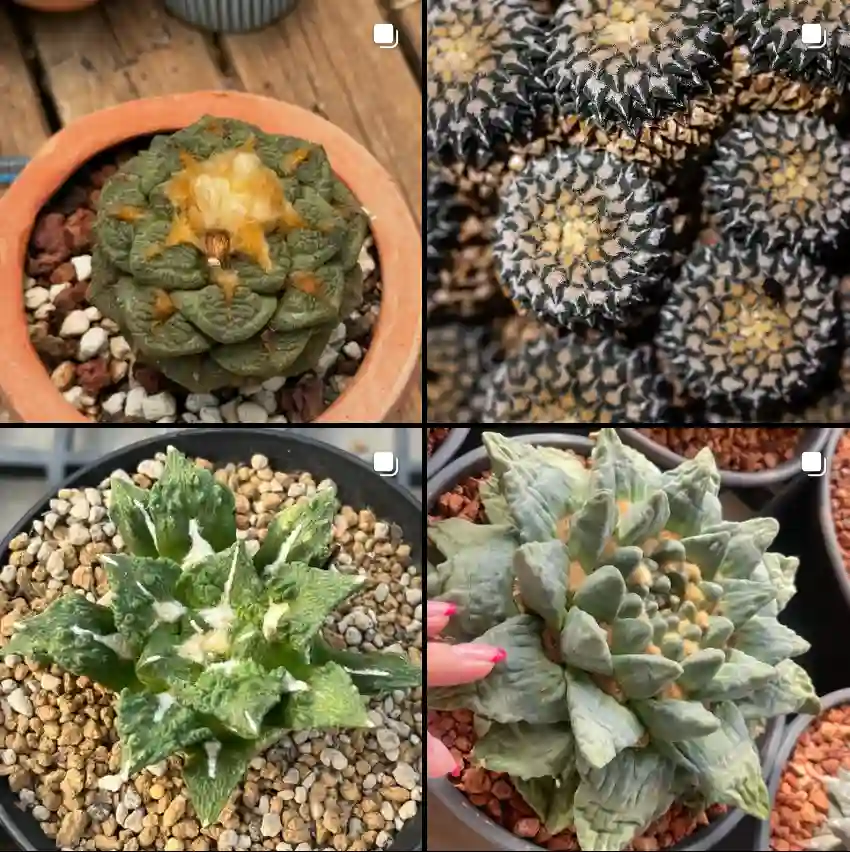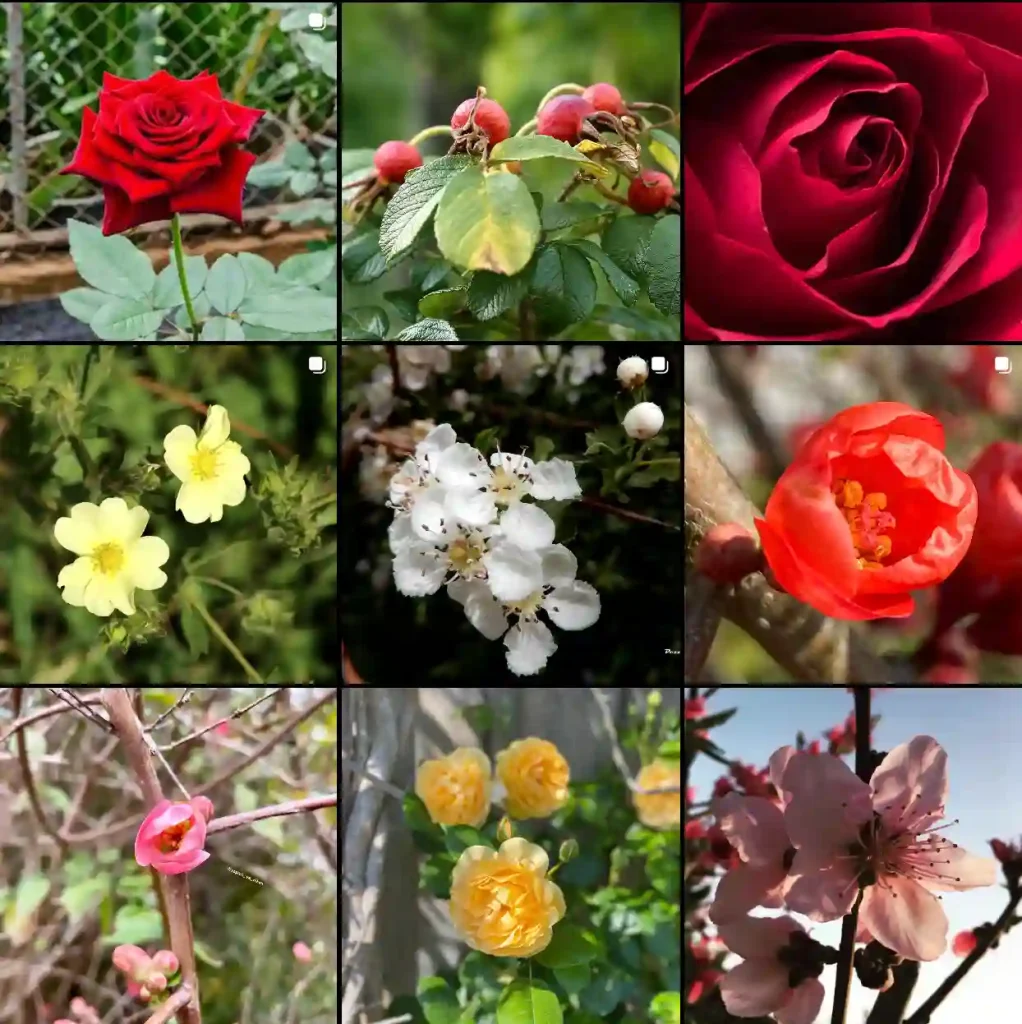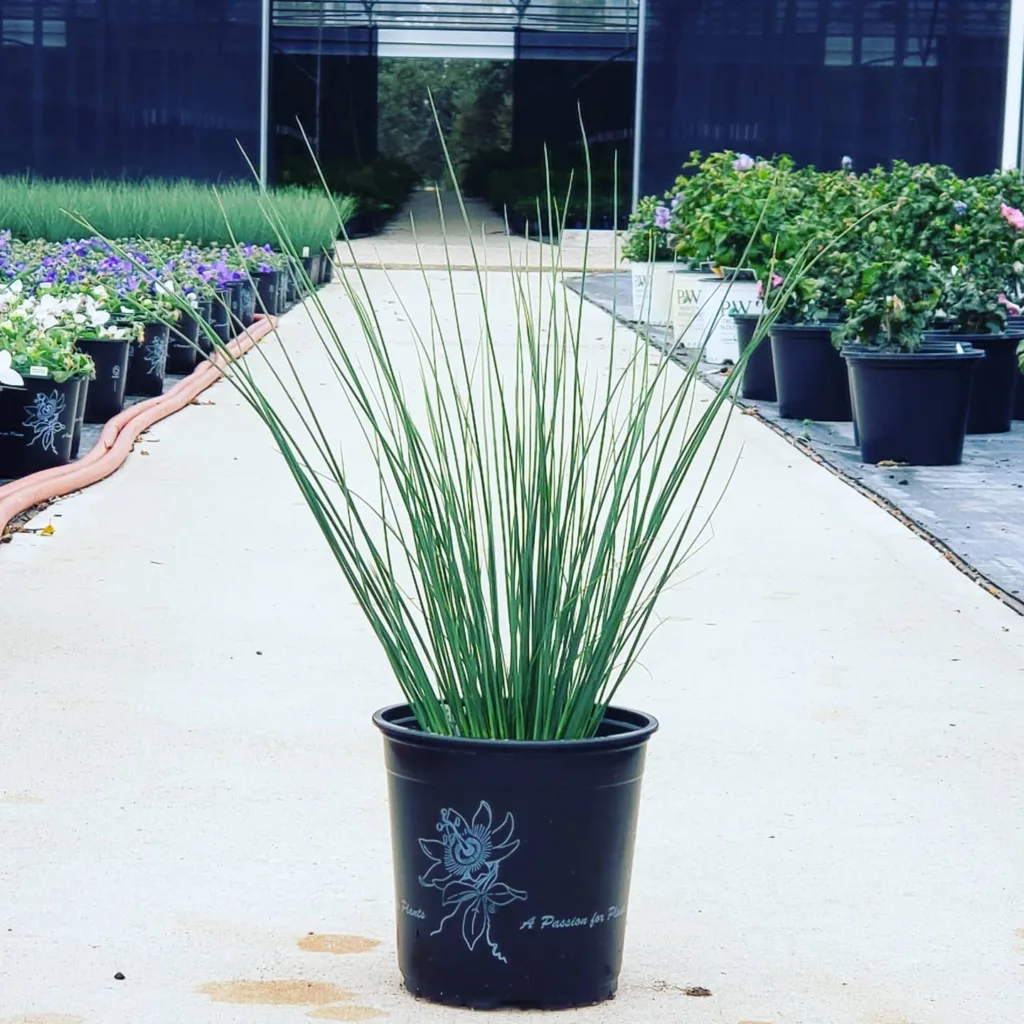My Love Affair with Nasturtiums: A Deep Dive into the Genus Tropaeolum
I’ve always been drawn to the vibrant and cheerful nasturtium, a flower that seems to embody the very essence of summer. Its round, shield-like leaves and fiery blossoms bring a touch of whimsy to any garden. But it wasn’t until recently that I truly delved into the fascinating world of Tropaeolum, the genus to which this beloved plant belongs.
Tropaeolum is a genus of roughly 97 species of annual and perennial herbaceous flowering plants, native to South and Central America. They’re known for their distinctive spurred flowers and peltate leaves – leaves where the petiole attaches to the underside of the leaf, rather than the edge, giving them a shield-like appearance. This unique characteristic, along with their vibrant colors, makes them a favorite among gardeners and botanists alike.
A Riot of Color and Form: Exploring the Species
The diversity within the Tropaeolum genus is truly remarkable. From the climbing vines of Tropaeolum majus, the common garden nasturtium, to the tuberous roots of Tropaeolum tuberosum, commonly known as mashua, there’s a nasturtium to suit every taste and garden.
Here are species that make up this diverse genus:
- Tropaeolum adpressum Hughes
- Tropaeolum argentinum Buchenau
- Tropaeolum asplundii Sparre
- Tropaeolum atrocapillare Sparre
- Tropaeolum austropurpureum (J.M.Watson & A.R.Flores) J.M.Watson & A.R.Flores
- Tropaeolum azureum Bertero ex Colla
- Tropaeolum beuthii Klotzsch
- Tropaeolum bicolor Ruiz & Pav.
- Tropaeolum boliviense Loes.
- Tropaeolum brachyceras Hook. & Arn.
- Tropaeolum brasiliense Casar.
- Tropaeolum brideanum Sparre
- Tropaeolum calcaratum Sparre
- Tropaeolum calvum (J.F.Macbr.) Sparre
- Tropaeolum capillare Buchenau
- Tropaeolum carchense Killip ex Sparre
- Tropaeolum ciliatum Ruiz & Pav.
- Tropaeolum cirrhipes Hook.
- Tropaeolum cochabambae Buchenau
- Tropaeolum crenatiflorum Hook.
- Tropaeolum curvirostre Sparre
- Tropaeolum cuspidatum Buchenau
- Tropaeolum deckerianum Moritz & H.Karst.
- Tropaeolum dipetalum Ruiz & Pav.
- Tropaeolum elzae Sparre
- Tropaeolum emarginatum Turcz.
- Tropaeolum ferreyrae Sparre
- Tropaeolum fintelmannii Schltdl.
- Tropaeolum flavipilum Killip
- Tropaeolum garciae Sparre
- Tropaeolum harlingii Sparre
- Tropaeolum haynianum Bernh.
- Tropaeolum hirsutum Sparre
- Tropaeolum hirtifolium Hughes
- Tropaeolum hjertingii Sparre
- Tropaeolum hookerianum Barnéoud
- Tropaeolum huigrense Killip
- Tropaeolum incisum (Speg.) Sparre
- Tropaeolum × jilesii Sparre
- Tropaeolum kerneisinum Hughes
- Tropaeolum kieslingii Bulacio
- Tropaeolum kingii Phil.
- Tropaeolum kuntzeanum Buchenau
- Tropaeolum lasseri Sparre
- Tropaeolum leonis Sparre
- Tropaeolum lepidum Phil. ex Buchenau
- Tropaeolum leptophyllum G.Don
- Tropaeolum lindenii Wallis
- Tropaeolum longiflorum Killip
- Tropaeolum longifolium Turcz.
- Tropaeolum looseri Sparre
- Tropaeolum magnificum Sparre
- Tropaeolum majus L.
- Tropaeolum mexiae Killip ex Sparre
- Tropaeolum meyeri Sparre
- Tropaeolum minus L.
- Tropaeolum moritzianum Klotzsch
- Tropaeolum myriophyllum (Poepp. & Endl.) Sparre
- Tropaeolum nubigenum Phil.
- Tropaeolum nuptae-jucundae Sparre
- Tropaeolum orinocense P.E.Berry
- Tropaeolum orthoceras Gardner
- Tropaeolum × oxalianthum C.Morren
- Tropaeolum papillosum Hughes
- Tropaeolum parvifolium Hughes
- Tropaeolum patagonicum Speg.
- Tropaeolum pellucidum Sparre
- Tropaeolum peltophorum Benth.
- Tropaeolum pendulum Klotzsch
- Tropaeolum pentagonum Hughes
- Tropaeolum pentaphyllum Lam.
- Tropaeolum peregrinum L.
- Tropaeolum polyphyllum Cav.
- Tropaeolum porifolium (Cav.) L.Andersson & S.Andersson
- Tropaeolum pubescens Kunth
- Tropaeolum purpureum Killip
- Tropaeolum repandum Heilb.
- Tropaeolum rhomboideum Lem.
- Tropaeolum sanctae-catharinae Sparre
- Tropaeolum seemannii Buchenau
- Tropaeolum sessilifolium Poepp. & Endl.
- Tropaeolum slanisii Bulacio
- Tropaeolum smithii DC.
- Tropaeolum sparrei B.Ståhl
- Tropaeolum speciosum Poepp. & Endl.
- Tropaeolum steyermarkianum Sparre
- Tropaeolum stipulatum Buchenau & Sodiro
- Tropaeolum × tenuirostre Steud.
- Tropaeolum traceyae Hughes
- Tropaeolum trialatum (Suess.) L.Andersson & S.Andersson
- Tropaeolum tricolor Sweet
- Tropaeolum trilobum Turcz.
- Tropaeolum tuberosum Ruiz & Pav.
- Tropaeolum umbellatum Hook.
- Tropaeolum wagnerianum H.Karst. ex Klotzsch
- Tropaeolum warmingianum Rohrb.
- Tropaeolum willinkii Sparre
More Than Just a Pretty Face: The Nasturtium’s Many Uses
While nasturtiums are undoubtedly admired for their ornamental value, they also boast a surprising number of practical uses. Both the flowers and leaves are edible, adding a peppery zing to salads and other dishes. The unripe seed pods can be pickled and used as a substitute for capers.
Beyond culinary applications, nasturtiums have a history of use in traditional medicine. They possess antibacterial and antifungal properties, and have been used to treat respiratory ailments and skin infections.
Interestingly, nasturtiums also play a role in companion planting. Their strong scent is said to deter pests, making them beneficial companions for vegetables like cucumbers and tomatoes. They also attract beneficial insects, such as hoverflies, which prey on aphids.
My Personal Connection to Tropaeolum
My own fascination with nasturtiums began in my grandmother’s garden. I remember spending countless hours as a child, mesmerized by the vibrant blossoms and the way the leaves seemed to catch the sunlight. She would often use the flowers to garnish salads, and I was always delighted by their peppery bite.
Now, years later, I cultivate my own collection of nasturtiums, each one a reminder of those happy childhood days. I’ve come to appreciate not only their beauty but also their resilience and versatility. They thrive in a variety of conditions, requiring minimal care while providing maximum impact.
Whether cascading from a hanging basket, climbing a trellis, or adding a splash of color to a vegetable garden, nasturtiums bring a sense of joy and wonder to any space they inhabit. They are a testament to the beauty and bounty of the natural world, and a constant source of inspiration for me.
As I continue to explore the world of Tropaeolum, I’m constantly amazed by the diversity and adaptability of this remarkable genus. From the Andes Mountains to my own backyard, nasturtiums continue to thrive, bringing their vibrant colors and unique charm to gardens around the world. And I, for one, am grateful for their presence.




